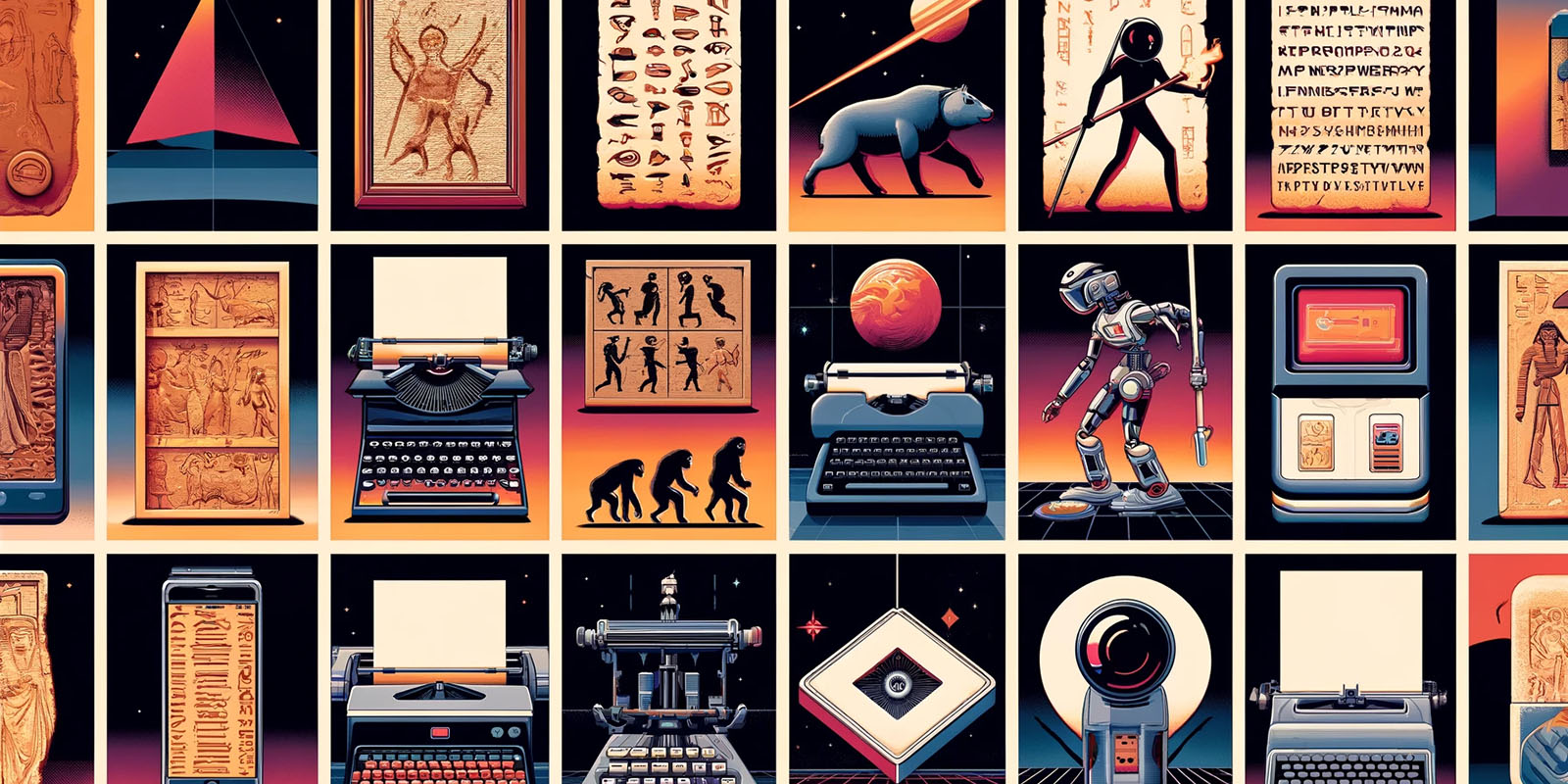A few months ago, I wrote about the endless cycle of technological disruption. But something that often gets overlooked is that disrupted technologies don’t always fade away. On the contrary, they can often have unexpected afterlives. In this post, I’ll be looking at products that have proven to be surprisingly popular despite the fact that they were once considered obsolete.
Vinyl records: How analog sound is making waves in a digital world
Despite being the dominant method of distributing music to consumers for much of the 20th century, vinyl records experienced a sharp decline in popularity in the late 1980s and early 1990s as consumers switched to compact discs. It’s not hard to see why CDs were so popular. They were portable, and they made it easier for consumers to listen to music on their terms. If you didn’t like a particular song, you could easily skip it with the press of a button.
But although CDs became the dominant medium, vinyl didn’t disappear. It just shifted to different niches. While traditional record albums were losing their clout, vinyl singles managed to hang on a while longer. As late as 1997, they were still shipping 7.5 million of them, and those numbers remained robust until the 2000s.
Fast forward several decades and vinyl albums have experienced a surprising resurgence. In 2022, Taylor Swift made headlines when Midnights became the first album to sell more copies on vinyl than on CDs since the 1980s. A few years later, 1989 (Taylor’s Version) became the first album to sell 1 million vinyl LPs in single year in the US, while The Tortured Poets Department managed to sell 859,000 in just a single week.
Although these numbers are impressive, vinyl remains something of a niche commodity. While there were more than 43 million vinyl LP/EP unit sales in 2023, that was only 8 percent of overall record music revenues. Still, vinyl has its defenders, with many audiophiles claiming it has a warmer sound than digital music. And they’re willing to pay a premium: while one can buy the digital version of The Tortured Poets Department for $15, the vinyl version will set you back $35 (though it does feature a number of additional goodies, including a bonus track and replicas of Swift’s handwritten lyrics). Interestingly, half of the people who buy records don’t own a record player, suggesting that the market isn’t just driven by seasoned audiophiles.
Cassette comeback: nostalgia meets niche marketing
Vinyl isn’t the only vintage media that’s made a comeback. The humble cassette tape, a staple of lovestruck teenagers and family car trips, is also experiencing something of a renaissance. This year alone, several manufacturers have released new portable cassette players.
As with their vinyl-loving brethren, many cassette aficionados believe their retro medium offers a unique listening experience. Of course, there are other factors as well. Cassettes are cheaper to produce, so they can be sold for less than other physical media. They also trigger warm, fuzzy feelings for those of us of a certain age. And with the 1980s being in vogue at the moment, even people who were born long after the era was over can still enjoy feelings of borrowed nostalgia.
Cassettes can also be repurposed into a premium consumer experience. Larian Studios, the makers of Baldur’s Gate III, are selling a cassette edition of the game’s soundtrack for €50.00 (though at the moment it only seems to be available from their EU store). In addition to the cassette itself, you also get a bonus track, a set of enamel pins, and a fancy box adorned with “golden hotstamping.”
The value of physical in a virtual world
On a related note, physical copies of video games are also enjoying a revival, though they’ve become more of an exercise in conspicuous consumption than anything else. Video games have long had collectors’ editions that feature all kinds of extras, from mousepads to artbooks. Now, they are often the only way to get your hands on a physical copy of your favorite game. They can also include other examples of physical media–for example, the Baldur’s Gate III Deluxe Edition features the soundtrack on CD.
Balancing ownership rights in physical and virtual media
Unfortunately, there can be an element of smoke and mirrors here. If you buy a Taylor Swift album on vinyl or cassette, you own that music and can enjoy it in perpetuity. But if you buy a physical copy of a video game, you may discover that the disc in the box only contains the installer and you still have to go online to download the rest of the necessary files. When Diablo III was released back in 2012, one of my colleagues hoped that the disc in his collector’s edition would allow him to play right away. Instead, he had to download the game like everyone else. That’s like buying an album on vinyl and discovering you can only listen to it via iTunes.
There’s a downside here beyond mere inconvenience. As long as you’re tethered to the Internet, you’re at the mercy of the game’s developers–if they decide to pull the plug on your favorite game, you won’t be able to play it any more even if you own the disc. It’s a highly problematic state of affairs, and in some jurisdictions, it might violate consumer protection laws (Ross Scott of AccursedFarms has been following this issue for years and has created a number of informative videos on the subject).
Monetizing retro technology trends
There’s an old adage that says that everything old is new again. While we often think of technological innovation as a one-way street, the reality can be far more complicated. Technologies that once seemed hopelessly obsolete can make a comeback, though they often do so in a different context. Vinyl records, cassette tapes, and physical copies of video games were once the norm, but as technology marched on, they came to fill different niches. Now, they’re prestige items that people are willing to pay premiums for, either because they allegedly offer a superior experience or they simply provide an opportunity to flex and/or provide their favorite singers/game developers/etc. with an additional level of support. And for content creators, embracing these ‘old’ technologies can be a great way to foster engagement with your audience by catering to their diverse wants and needs.








